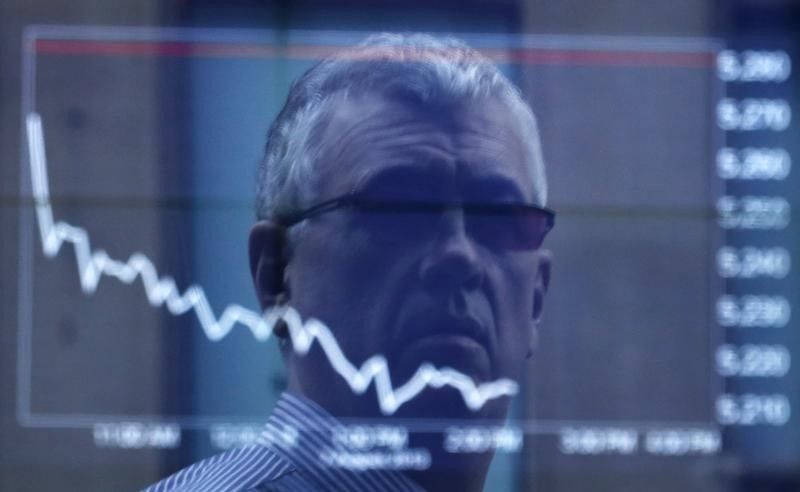Street Calls of the Week
DroneShield Ltd (ASX: DRO) has experienced dramatic fluctuations in its share price over recent months. This week, the company's stock faced a significant downturn following a remarkable rise.
On Tuesday, DroneShield shares plunged by 31%, halting the company's impressive momentum. Despite a strong year-to-date gain of around 615%, this drop was triggered by an article questioning the company's fundamentals. Since then, the stock has continued to decline, falling 22% on Tuesday, 9.4% on Wednesday, and 5.5% on Thursday. As of today, the shares have rebounded slightly, showing a 6.65% increase to $1.84, though they remain down over 29% from three days ago. This volatility has drawn attention to ASX tech stocks and their performance in the current market.
This volatility prompts a closer examination of DroneShield's financial health and valuation to determine if the recent drop has made the stock more reasonable.
Financial Performance and Valuation
Typically, ASX companies report earnings twice a year, with interim updates in between. However, DroneShield's regular announcements of major contracts have contributed to its recent upward trend. The company's most recent financial updates reveal significant growth.
In its February full-year earnings report, DroneShield reported a 226% increase in revenue for 2023, reaching $55.1 million, up from $16.9 million in 2022. Software-as-a-service revenue surged from $331,000 to $1.393 million. The company also achieved its first profitable year, with a net profit of $9.3 million compared to a loss of $900,000 the previous year.
The April quarterly update further fueled investor enthusiasm, showcasing revenue of $16.4 million for the quarter ending March 31, 2024, compared to $1.6 million for the same period in 2023. The company also reported a $27 million contract backlog and a sales pipeline worth over $519 million.
Valuation Metrics and Future Potential
Despite this positive performance, DroneShield's current valuation appears stretched. With a market capitalization of $1.3 billion, the stock trades at a price-to-earnings (P/E) ratio of 93.7, meaning investors are paying $93.70 for every $1 of earnings. The company also has a price-to-sales (P/S) ratio of 14.8 and a price-to-book (P/B) ratio of 17.7.
These metrics suggest a high valuation relative to the company's current financials. However, investors may be pricing in future growth potential. If DroneShield continues its rapid expansion and achieves its projected sales pipeline of $519 million annually, its P/S ratio could fall to around 3, assuming the market capitalization remains constant.
Ultimately, while DroneShield's shares appear expensive based on current financials, the valuation may reflect expectations of substantial future growth. The company's ability to meet these expectations will be crucial in determining its long-term attractiveness to investors.
